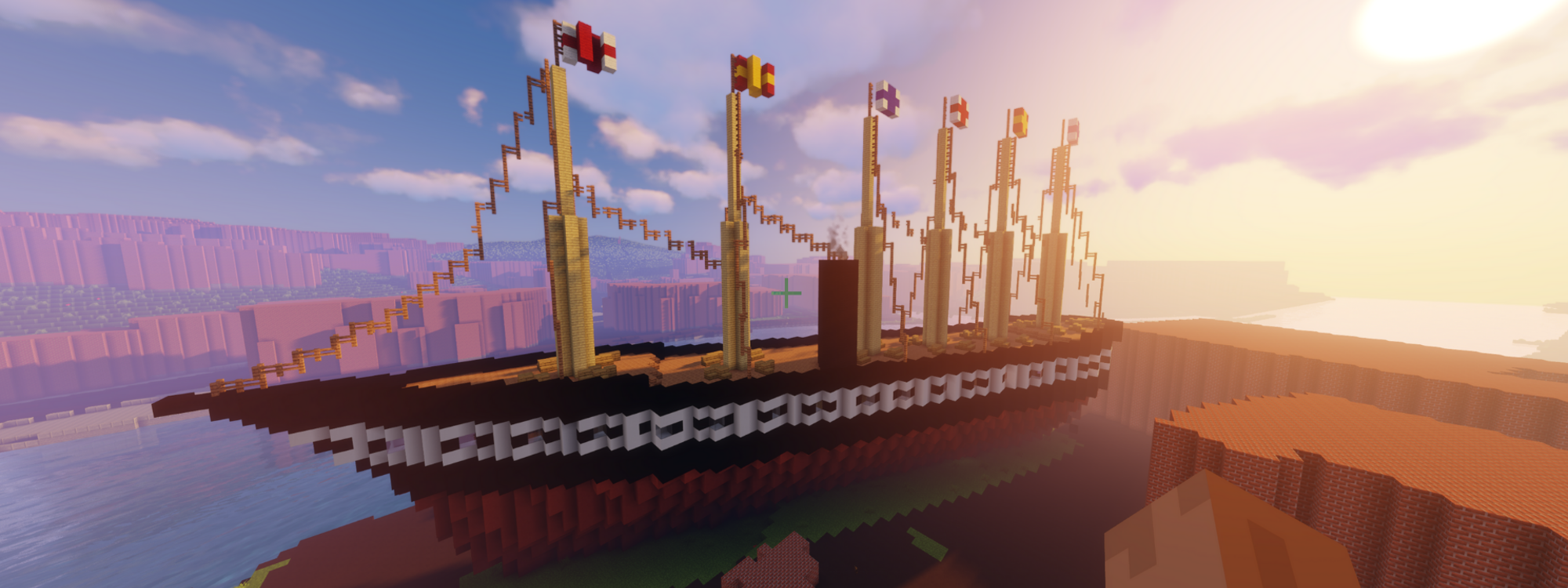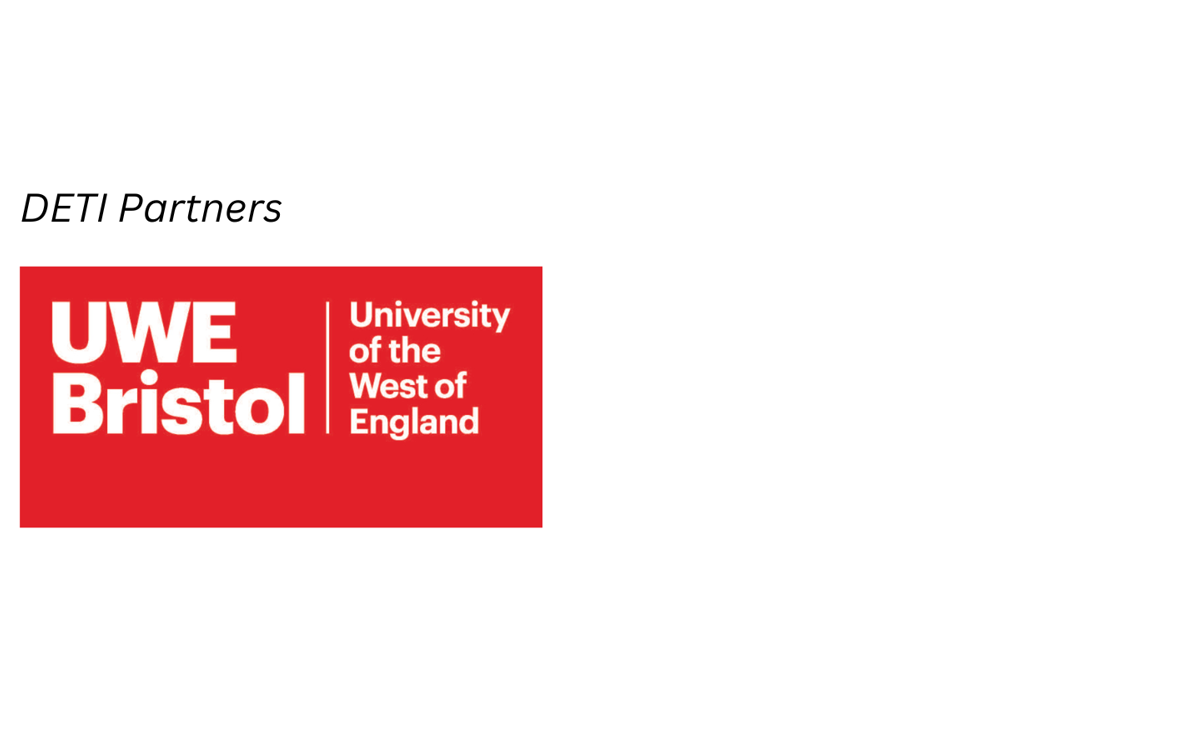
The West in Minecraft
If you could completely re-design your city, your street, your home, what would you do differently?
Using the incredibly popular block-building video game ‘Minecraft’, DETI Skills Inspire have been exploring digital engineering in the West of England with local children. Minecraft is the second-best selling video game of all time and extremely popular with children. Players place and break blocks with a wide range of appearances and properties, to build a huge variety of constructions. It’s easy to make changes to your builds and quickly visualise new ideas, much like computer-aided design (CAD) software used for digital engineering.
Since its official launch in September 2021, The West in Minecraft has been delivered to 2,948 school-aged children, from years 3-10, either in a classroom or community setting. The reaction to The West in Minecraft has been hugely positive. Most children have already heard of or played Minecraft, but never used a world that digitally twins reality in the way that this session allows.
As part of the West of England’s Climate Emergency Meeting in September 2021, the West of England Metro Mayor, Dan Norris, attended a Minecraft session at Watermore Primary School. Here he was able to talk to students about their ideas for sustainably developing their area.

The West in Minecraft educational resource pack and workshop was developed in collaboration with the Science Hunters programme, through their engineering strand Building to Break Barriers, funded by the Royal Academy of Engineering Ingenious scheme.
The accompanying resource pack takes a digital, play-based approach to support children to develop their own ideas and problem-solving skills. It encourages them to engage with engineering as a creative and diverse subject that can impact the world around them. The lessons use the Minecraft world as the setting for children to explore, build, re-design and re-engineer the city around them.
The team worked with engineers from Atkins, a member of the SNC-Lavalin Group, who were able to map Ordnance Survey data into Minecraft, resulting in accurate replicas of the cities of Bristol and Bath. The Minecraft world was then brought to life with landmarks in the West of England (Clifton Suspension Bridge, SS Great Britain, Bristol Temple Meads, and the Roman Baths), created by Science Hunters team member, Jonathan Kim.

